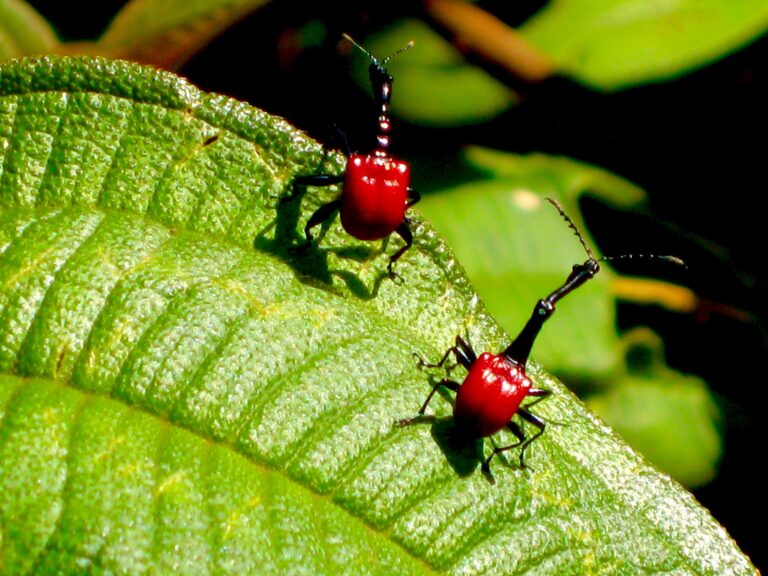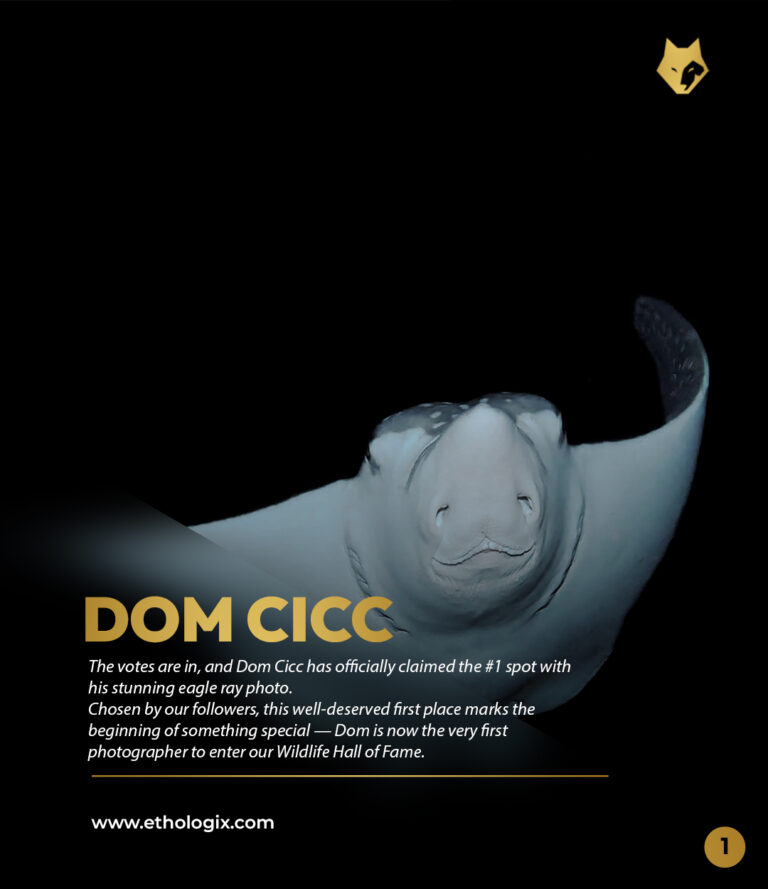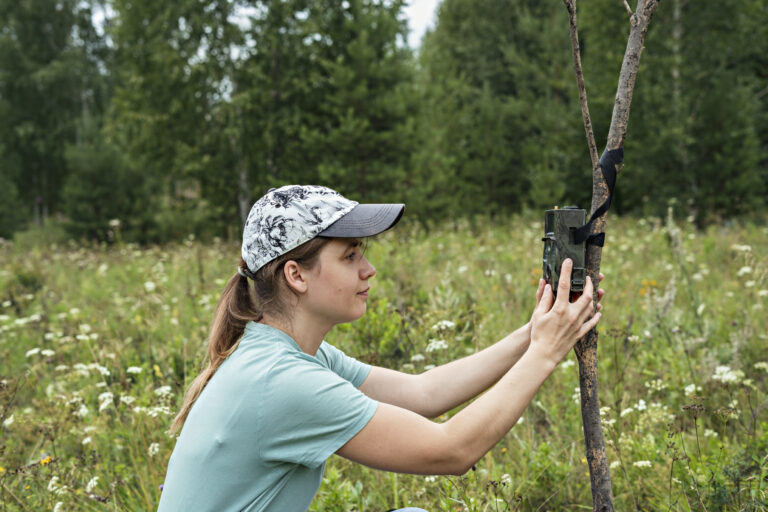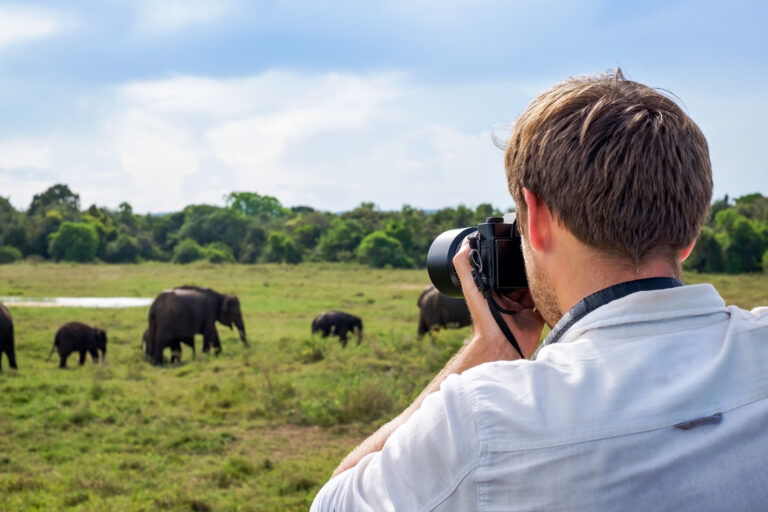
Meet the Giraffe weevil
Introduction
Welcome to “Meet the Trachelophorus giraffa” – your ultimate gateway into the world of the Giraffe Weevil. Nestled in the vibrant ecosystems of Madagascar, this extraordinary insect captivates with its long neck and unique appearance. In this blog, we dive into fascinating facts about the Trachelophorus giraffa, exploring its habitat, behavior, and evolutionary marvels. Whether you’re a nature enthusiast or a curious mind seeking in-depth insect insights, prepare to uncover the secrets behind one of nature’s most intriguing species.
Why do Giraffe Weevil have long necks?
One of the most striking features of the Giraffe Weevil (Trachelophorus giraffa) is its distinctive long neck—a physical trait that is essential to its survival and reproductive success. In this unique species, males possess an exceptionally elongated neck that not only serves as a visual signal to potential rivals but also plays a critical role in combat during mating battles. This remarkable adaptation, a prime example of sexual selection at work, allows male giraffe weevils to effectively challenge competitors and secure mating opportunities in the lush forests of Madagascar.
The evolution of such an exaggerated trait underscores the intricate balance of natural selection and highlights why the Giraffe Weevil remains a fascinating subject for both researchers and nature enthusiasts alike, offering invaluable insights into the mechanisms of insect evolution and adaptation.
native habitat of the Giraffe weevil
The Giraffe Weevil (Trachelophorus giraffa) exhibits a fascinating life cycle that mirrors the seasonal rhythms of Madagascar’s tropical forests. From egg to larva to adult, each developmental stage is intricately adapted to optimize survival in a dynamic environment. In the larval stage, rapid growth is fueled by the abundant food sources available in its native habitat, ensuring that the species is primed for the challenges of adulthood.
Once matured, these weevils engage in distinct reproductive behaviors that further drive evolutionary success. Studying the life cycle and longevity of the giraffe weevil not only deepens our understanding of insect adaptation and evolution but also highlights the delicate balance of Madagascar’s ecosystems, reinforcing the need for their conservation.

Camouflage and Defense of the giraffe weevil
The Giraffe Weevil (Trachelophorus giraffa) is not just known for its unique appearance but also for its impressive natural camouflage. In Madagascar’s dense forests, its earthy, mottled coloration allows it to blend seamlessly with the surrounding foliage, serving as an effective defense mechanism against predators. This adaptive camouflage ensures that the weevil remains hidden during critical moments, such as feeding or mating, enhancing its survival in a competitive ecosystem.
By perfectly matching its natural environment, the giraffe weevil not only evades detection but also exemplifies the remarkable evolutionary strategies developed by Madagascar’s endemic species. This natural defense mechanism is a key aspect of its overall fitness and continues to intrigue researchers and nature enthusiasts alike, making it a fascinating subject for further study and conservation efforts.
giraffe weevils Life Cycle and Longevity
The Giraffe Weevil (Trachelophorus giraffa) exhibits a fascinating life cycle that mirrors the seasonal rhythms of Madagascar’s tropical forests. From egg to larva to adult, each developmental stage is intricately adapted to optimize survival in a dynamic environment. In the larval stage, rapid growth is fueled by the abundant food sources available in its native habitat, ensuring that the species is primed for the challenges of adulthood.
Once matured, these weevils engage in distinct reproductive behaviors that further drive evolutionary success. Studying the life cycle and longevity of the giraffe weevil not only deepens our understanding of insect adaptation and evolution but also highlights the delicate balance of Madagascar’s ecosystems, reinforcing the need for their conservation.
Ecological Role of the giraffe weevil
The Giraffe Weevil (Trachelophorus giraffa) plays a crucial role in maintaining the delicate balance of Madagascar’s tropical ecosystems. As a native pollinator, this unique insect contributes to the reproduction of numerous plant species, ensuring that local flora thrive. Additionally, the giraffe weevil serves as a vital food source for a range of predators, reinforcing its importance within the food web.
This dual role—as both pollinator and prey—highlights the interconnected nature of Madagascar’s biodiversity. By understanding the ecological role of the Giraffe Weevil, researchers and conservationists gain valuable insights into the overall health of these ecosystems, making it clear why preserving such species is essential for sustaining the natural heritage of Madagascar.
conclusion
The Giraffe Weevil (Trachelophorus giraffa) is not just a fascinating insect—it’s a living testament to the wonders of evolution and the unique biodiversity of Madagascar. From its distinctive long neck and native habitat to its effective camouflage, complex life cycle, and critical ecological role, every aspect of this remarkable species highlights nature’s ingenuity. As both a pollinator and a vital part of the food web, the giraffe weevil plays an integral role in maintaining the balance of its ecosystem.
By exploring the intricate details of the Trachelophorus giraffa, we gain deeper insights into insect evolution and the importance of preserving Madagascar’s natural heritage. Join us in celebrating the marvels of the giraffe weevil and the vibrant world it inhabits.




